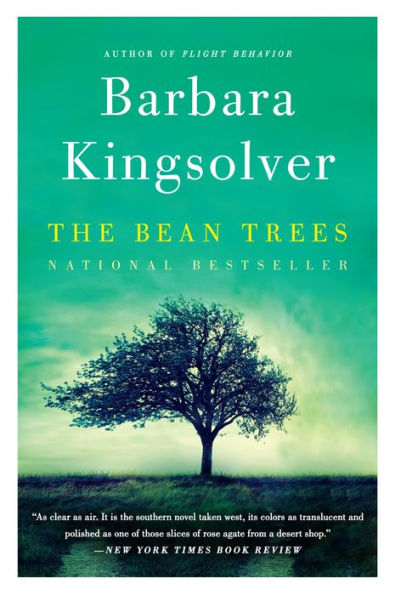Read an Excerpt
The One to Get Away
I have been afraid of putting air in a tire ever since I saw a tractor tire blow up and throw Newt Hardbine's father over the top of the Standard Oil sign. I'm not lying. He got stuck up there. About nineteen people congregated during the time it took for Norman Strick to walk up to the Courthouse and blow the whistle for the volunteer fire department. They eventually did come with the ladder and haul him down, and he wasn't dead but lost his hearing and in many other ways was never the same afterward. They said he overfilled the tire.
Newt Hardbine was not my friend, he was just one of the big boys who had failed every grade at least once and so was practically going on twenty in the sixth grade, sitting in the back and flicking little wads of chewed paper into my hair. But the day I saw his daddy up there like some old overalls slung over a fence, I had this feeling about what Newt's whole life was going to amount to, and I felt sorry for him. Before that exact moment I don't believe I had given much thought to the future.
My mama said the Hardbines had kids just about as fast as they could fall down the well and drown. This must not have been entirely true, since they were abundant in Pittman County and many survived to adulthood. But that was the general idea.
Which is not to say that we, me and Mama, were any better than Hardbines or had a dime to our name. If you were to look at the two of us, myself and Newt side by side in the sixth grade, you could have pegged us for brother and sister. And for all I ever knew of my own daddy I can't say we weren't,except for Mama swearing up and down that he was nobody I knew and was long gone besides. But we were cut out of basically the same mud, I suppose,just two more dirty-kneed kids scrapping to beat hell and trying to land on our feet. You couldn't have said, anyway, which one would stay right where he was, and which would be the one to get away.
Missy was what everyone called me, not that it was my name, but because when I was three supposedly I stamped my foot and told my own mother not to call me Marietta but Miss Marietta, as I had to call all the people including children in the houses where she worked Miss this or Mister that, and so she did from that day forward. Miss Marietta and later on just Missy.
The thing you have to understand is, it was just like Mama to do that. When I was just the littlest kid I would go pond fishing of a Sunday and bring home the boniest mess of blue-gills and maybe a bass the size of your thumb,and the way Mama would carry on you would think I'd caught the famous big lunker in Shep's Lake that old men were always chewing their tobacco and thinking about. "That's my big girl bringing home the bacon,"she would say, and cook those things and serve them up like Thanksgiving for the two of us.
I loved fishing those old mud-bottomed ponds. Partly because she would be proud of whatever I dragged out, but also I just loved sitting still. You could smell leaves rotting into the cool mud and watch the Jesus bugs walk on the water, their four little feet making dents in the surface but never falling through. And sometimes you'd see the big ones, the ones nobody was ever going to hook, slipping away under the water like dark-brown dreams.
By the time I was in high school and got my first job and all the rest,including the whole awful story about Newt Hardbine which I am about to tell you, he was of course not in school anymore. He was setting tobacco alongside his half-crippled daddy and by that time had gotten a girl in trouble, too, so he was married. It was Jolene Shanks and everybody was a little surprised at her, or anyway pretended to be, but not at him. Nobody expected any better of a Hardbine.
But I stayed in school. I was not the smartest or even particularly outstanding but I was there and staying out of trouble and I intended to finish. This is not to say that I was unfamiliar with the back seat of a Chevrolet. I knew the scenery of Greenup Road, which we called Steam-It-Up Road, and I knew what a pecker looked like, and none of these sights had so far inspired me to get hogtied to a future as a tobacco farmer's wife. Mama always said barefoot and pregnant was not my style. She knew.
It was in this frame of mind that I made it to my last year of high school without event. Believe me in those days the girls were dropping by the wayside like seeds off a poppyseed bun and you learned to look at every day as a prize. You'd made it that far. By senior year there were maybe two boys to every one of us, and we believed it was our special reward when we got this particular science teacher by the name of Mr. Hughes Walter.
Copyright © 1988 by Barbara Kingsolver.




